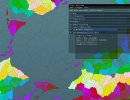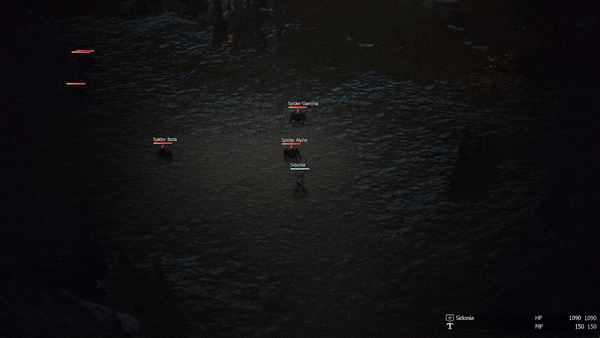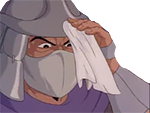I know that's at the top end of indie game prices, and that's a price for a really good game produced by an actual studio, and not just one guy. But I'm pretty confident that there's a lot of price signaling in video games. If it's priced too low, people assume the game sucks. If it's priced higher, people are more likely to buy it, more likely to put hours into it, and more likely to give it a recommendation.
Is the community behind your game telling you that is the case though or are you doing this based on your own perceived valuation of your product. Because that perceived valuation is probably wrong unless you have the evidence to support that thinking. I would setup a poll, show your game off and get feedback on pricing point.
Come up with 3 scenarios, the Best case, the middle case and the worst case, risk assess what is most likely to happen and remember you only get to do this once so make sure you're upping your confidence in success and reducing the unknowns.
You want to price according to your break even point based on your investment into your product so far, if you can break even with the numbers you know are visible in your community then you're in a pretty good state to succeed.
As a first time launch you will need a community to vouch for the game and populate your steam page with reviews ASAP. You might want to consider early access regardless of the stigma (only 25% of EA games actually release). Demos are essential, especially for first time developers. *this is just general advice to everyone not just you. I can see your previous game went through the same general idea so you know what you're doing.
Do Not Assume invisible customers are going to just magically show up and buy your game, its rare and most of the time its because an influencer played your game, you should have a fairly good idea where your customers are coming from, gauging how many will follow through is tricky and most of that is going to come down to marketing strategy. I can't tell you how to convince an influencer to play your game, but I can tell you not to rely on it, if it happens hell yeah! but you have to assume going in that most of the marketing is happening on your end and only your end.
If you don't already have a community around your game then you need to before you release because otherwise no one will be there on launch day. Community building is equally as important as development and marketing. And as nice as it would be, don't rely just on RPGCodex, its a great starting point but its just that a starting point, you've got people here that will likely evangelise your product which is cool but you're going to need to bring in quantity as well. *again just being general with this its not specific to this game.
The fact that you're a second time developer means you've got an installed fanbase already, you should be utilising these people for feedback as they've clearly supported you in the $25 price point before, they might have some surprising feedback that challenges your assumptions.
I saw that you have an IndieDB page for your first game but not the new one? You also don't appear to have an Itch.io (what happened there? you KS talks about one), for IndieDB I'd be keeping a constant supply of content to at least get those initial front page clicks, they do help, I'm curious though why there was minimal engagement from the community there. What you've been showing here should also be on sites like those as well.
I see you also did a kickstarter on the first title, which was a very good move. Maybe you could consider that approach again? KS doesn't have to be for Development they can be promotions as well, From what I can see you've done everything right in the past more than anything you just need more eyes on the product.

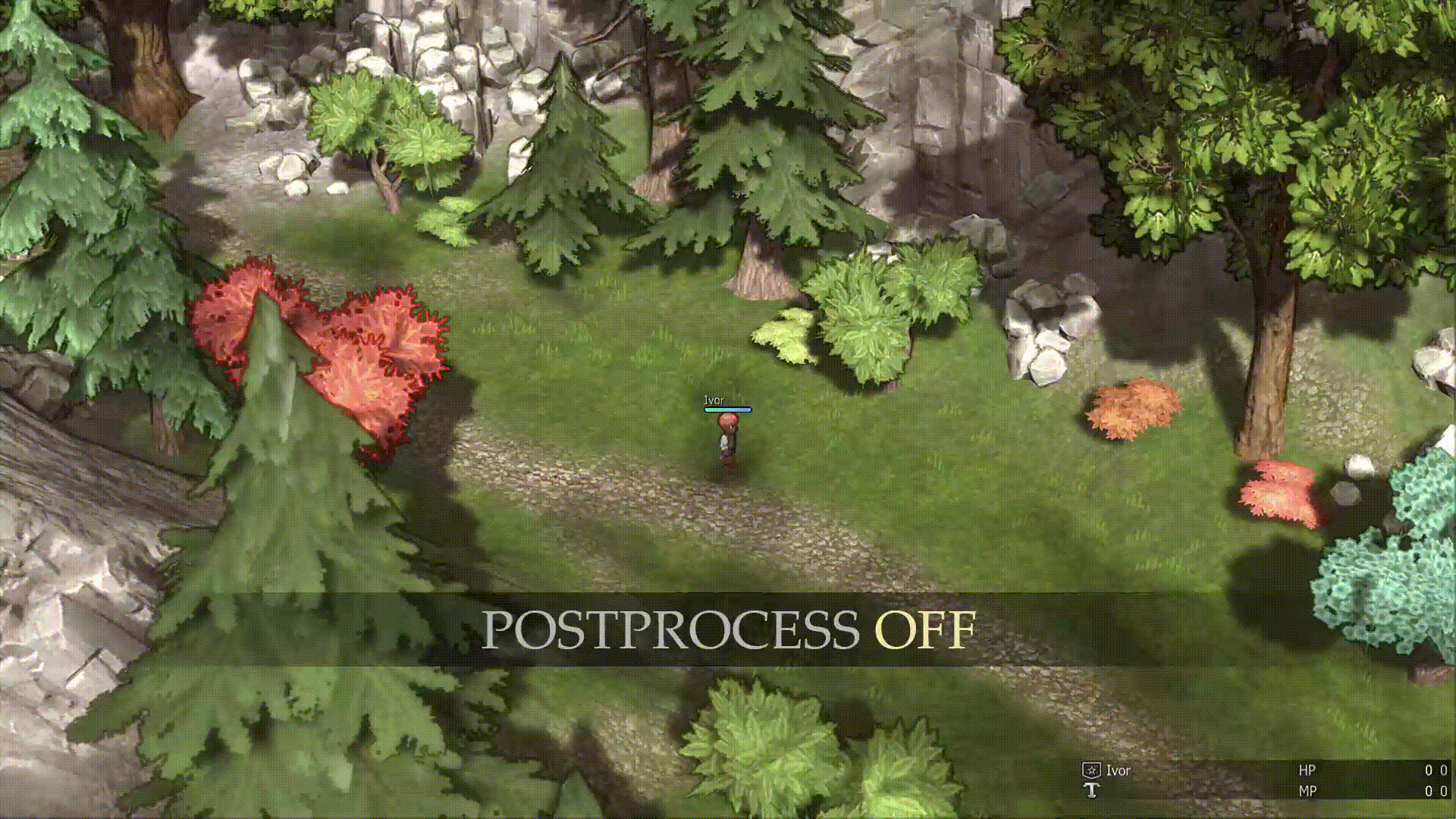

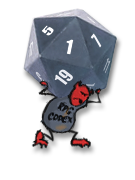










![Glory to Codexia! [2012] Codex 2012](/forums/smiles/campaign_tags/campaign_slushfund2012.png)
![Have Many Potato [2013] Codex 2013](/forums/smiles/campaign_tags/campaign_potato2013.png)
![The Year of Incline [2014] Codex 2014](/forums/smiles/campaign_tags/campaign_incline2014.png)

























